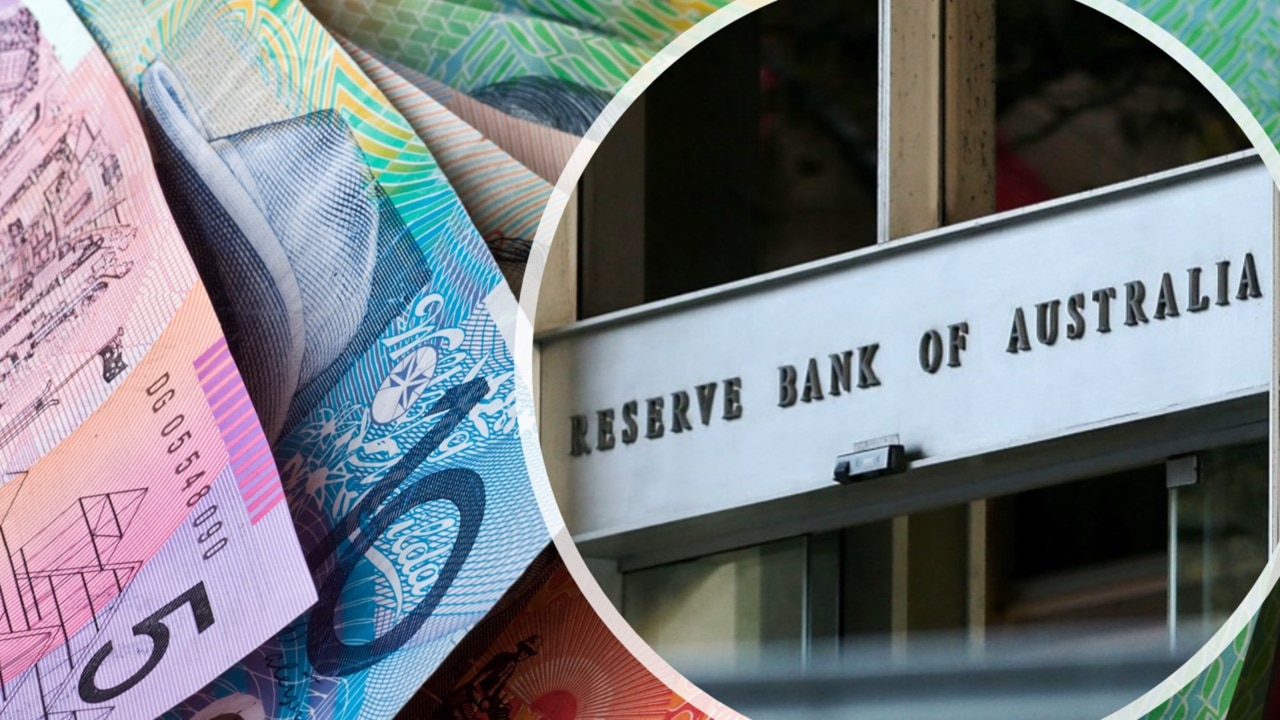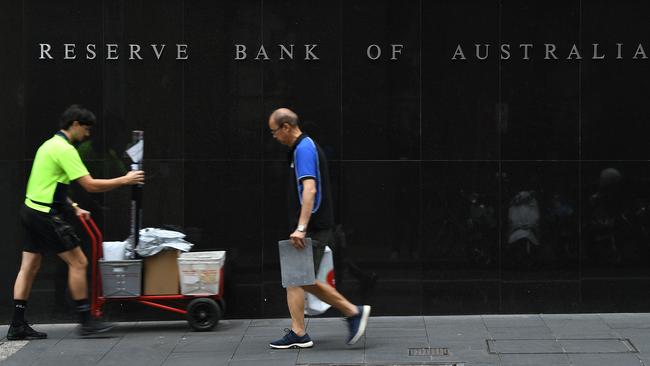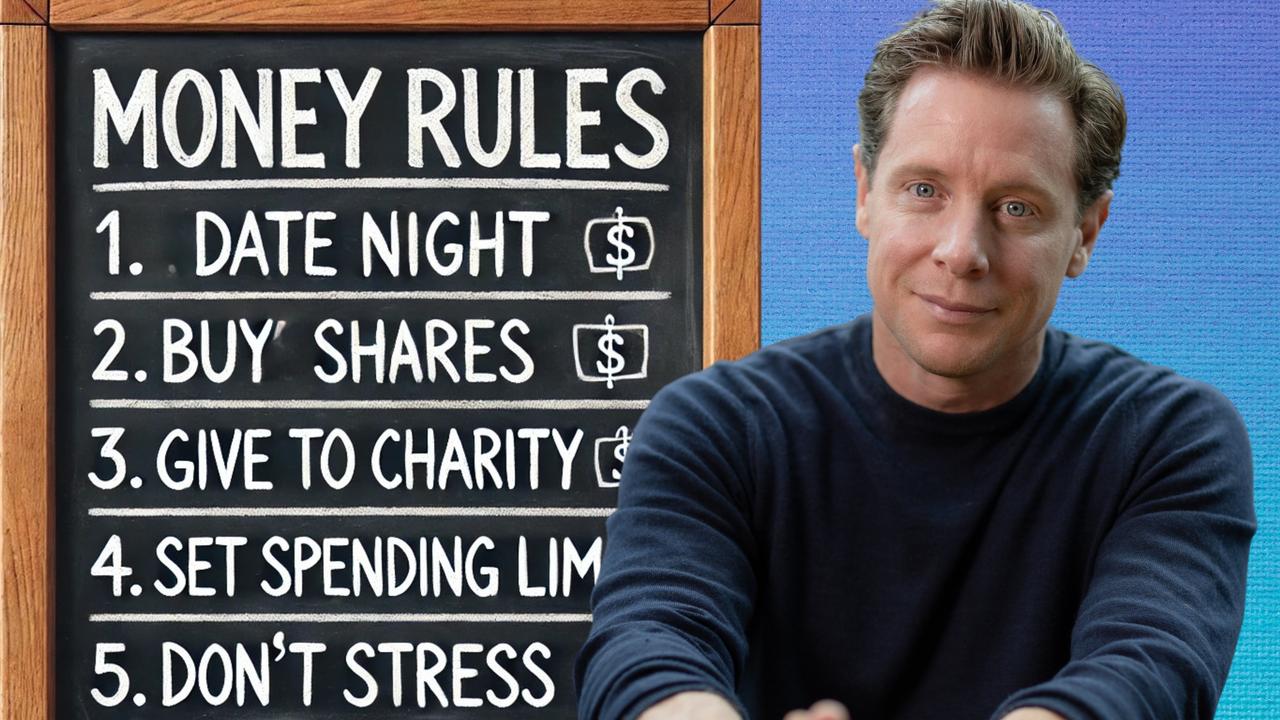Interest rates: five reasons why RBA’s latest pause may be the last
The Reserve Bank’s interest rate pause has extended to four months, but pressures are mounting to push it higher again.

Don’t let the Reserve Bank of Australia’s decision to again hold its official interest rate at 4.1 per cent lull you into a false sense of security.
There is every chance that we could see another rate rise as early as Melbourne Cup Day, and new governor Michele Bullock says “some further tightening of monetary policy may be required”.
While the RBA has relieved borrowers since June by taking its foot off the rate rise pedal, its mission to get annual inflation back in its 2-3 per cent target range – still well below today’s 6 per cent – may require another kick in the guts for mortgage customers, retailers and other businesses, and the economy.
Here are five reasons why the RBA’s four-month pause in rate rises could end soon.
1. OIL SURGE
Soaring global oil prices are a huge threat to inflation in Australia and elsewhere, as they affect not only motorists’ petrol pump pain but also supply chains and transport for almost all goods sold.
Crude oil has climbed 35 per cent since June amid production cuts by Saudi Arabia, Russia and other oil producing countries, and if it continues at current levels we can expect more upward pressure on inflation and interest rates.
2. GLOBAL INFLATION
A stronger-for-longer theme for high inflation around the world has emerged in recent weeks, and our globalised economy means Aussies cannot escape pressures flowing in from elsewhere.

Our 4.1 per cent RBA cash rate is lower than many other key countries, with the US at 5.5 per cent, Britain at 5.25 per cent, Europe at 4.5 per cent and New Zealand at 5.5 per cent.
However, remember that Aussie rates shouldn’t need to go as high to put the brakes on consumer spending and inflation, because of our wider use of variable home loan interest rates rather than long-term fixed rates.
3. NEW BOSS TAKES A STAND
Ms Bullock will not want to be seen as being soft on inflation, so if a decision is line ball it’s understandable that the RBA board would probably announce a rate rise.
The lack of house price weakness may concern the RBA. In the past week we have seen more reports of solid growth in home values despite the dozen official rate rises since May 2022. That is not supposed to happen, but Australia’s huge lack of housing supply is keeping demand for real estate high and homeowners’ wealth rising.
Ms Bullock also signalled that the RBA was concerned about rising services price inflation.
4. AHEAD OF THE CURVE
The RBA’s string of rate cuts since 2022 have reversed inflation growth, which peaked late last year near 8 per cent.
In fact, the last quarterly CPI result of 0.8 per cent would, if annualised, give us a 3.2 per cent yearly rate.
But the RBA wants inflation to fall to 2-3 per cent, and it won’t want to slip behind in the race to get things under control.
5. MARKETS LOOKING FORWARD
Financial markets are already worried about inflation remaining high and this requiring more painful central bank rate rises. That’s a key reason why we’ve seen Aussie shares slump nearly 7 per cent in the past two months, and US shares drop about the same.
Many economists are predicting another rate rise by the end of the year, and if the RBA wants it to put the brakes on Christmas spending, it will have to act soon.





